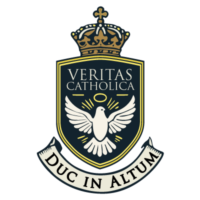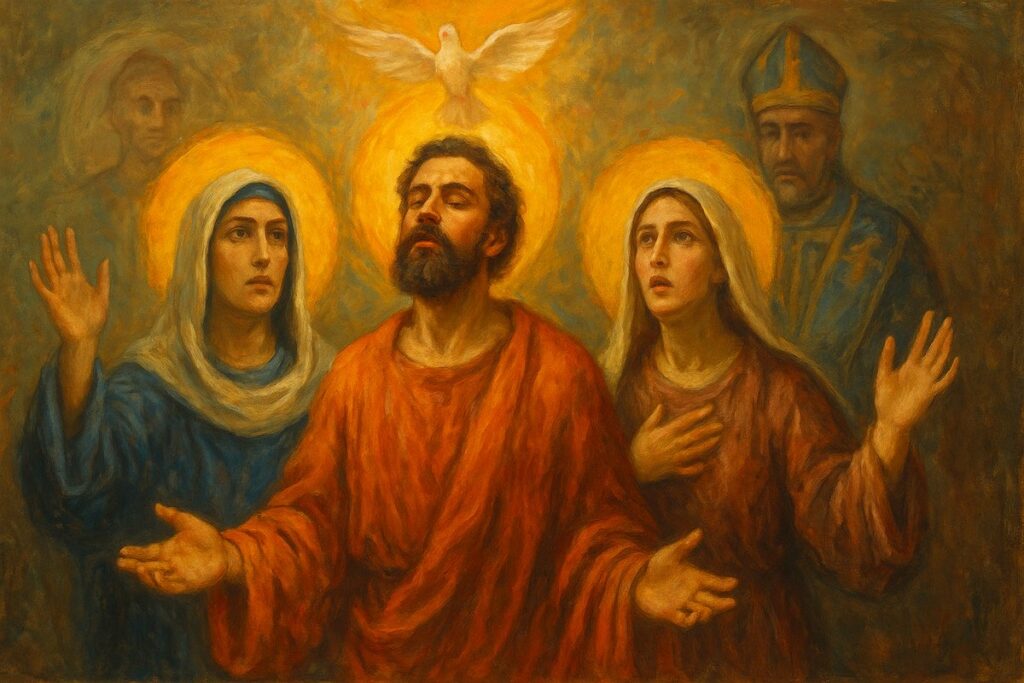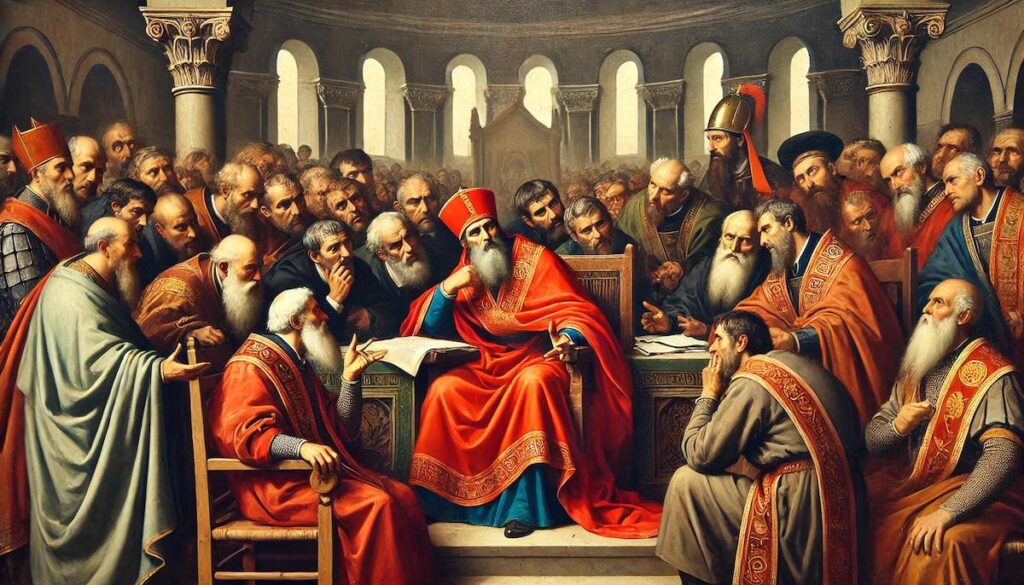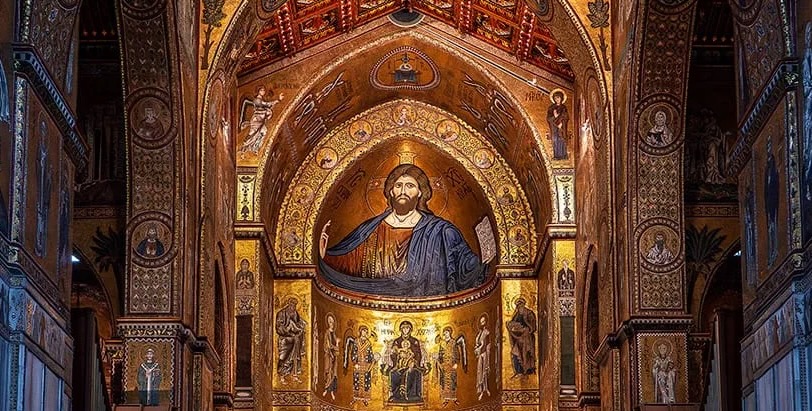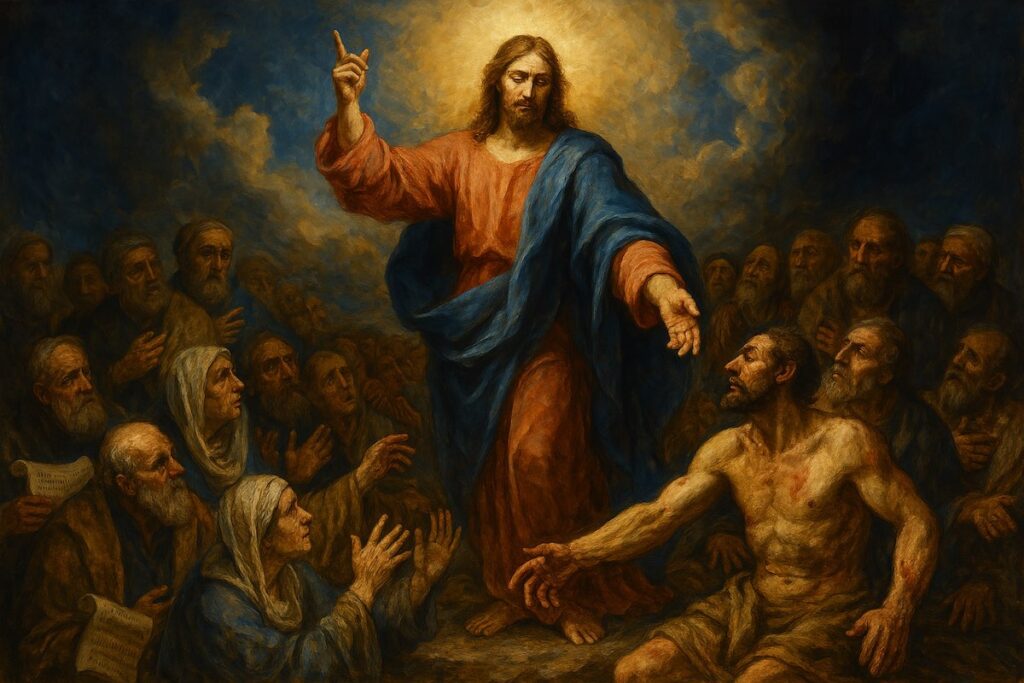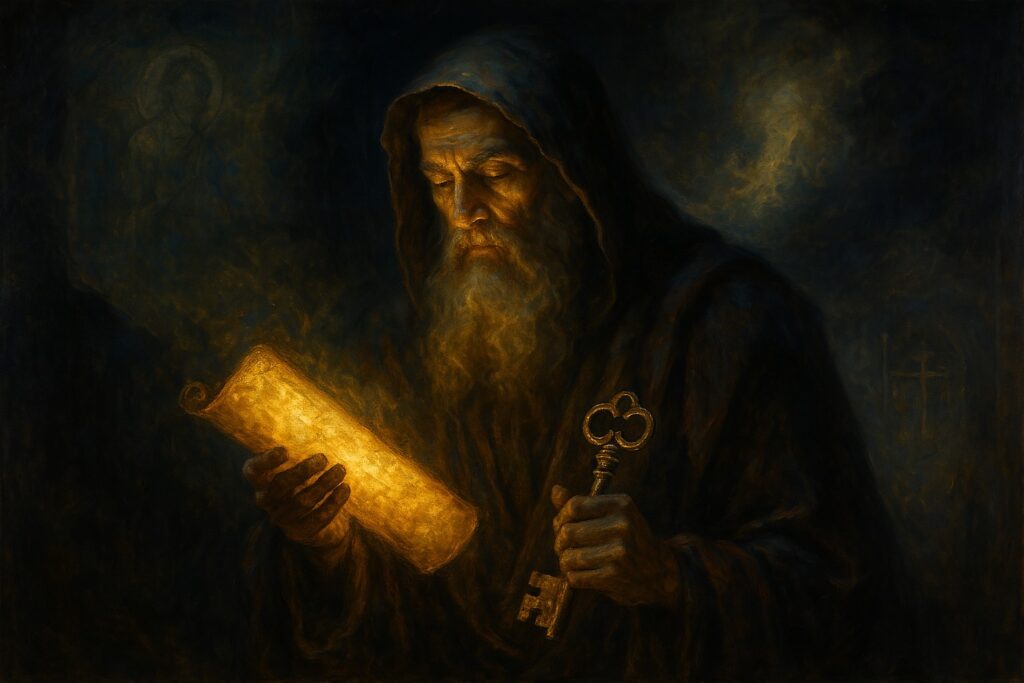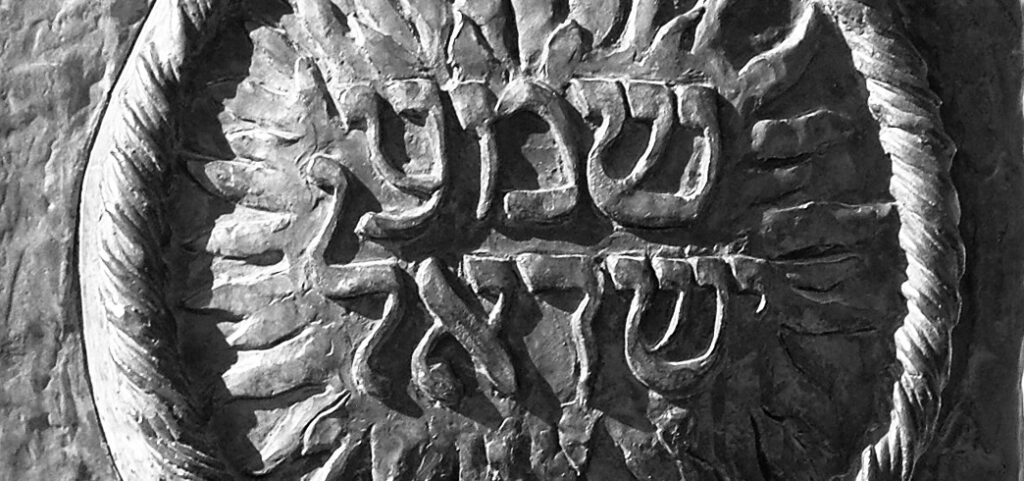The New Prophecy and the Old Faith: Montanism’s Challenge to Early Christianity
Introduction: The Challenge of the “New Prophecy” Among the many theological challenges that confronted the early Church, few were as provocative or enduring in their implications as Montanism. Emerging in the latter half of the second century in Phrygia, a region of Asia Minor, Montanism presented itself not as a rival religion, but as a […]
The New Prophecy and the Old Faith: Montanism’s Challenge to Early Christianity Read More »
